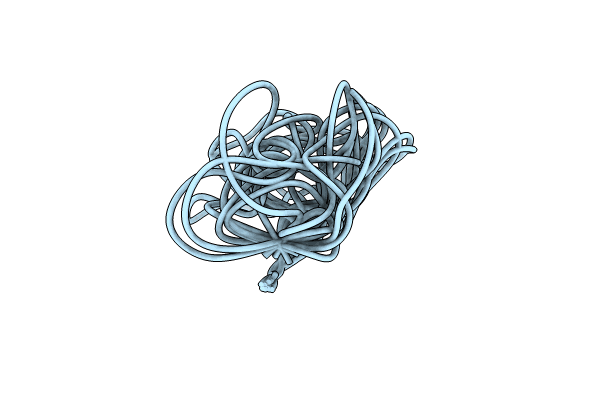
Deposition Date
2023-08-25
Release Date
2023-12-13
Last Version Date
2024-11-06
Entry Detail
PDB ID:
8QBP
Keywords:
Title:
Conformations of macrocyclic peptides sampled by exact NOEs: models for cell-permeability. NMR structure of Omphalotin A in methanol / water indoleOut conformation.
Biological Source:
Source Organism:
Omphalotus olearius (Taxon ID: 72120)
Host Organism:
Method Details:
Experimental Method:
Conformers Calculated:
100
Conformers Submitted:
20
Selection Criteria:
structures with the least restraint violations


